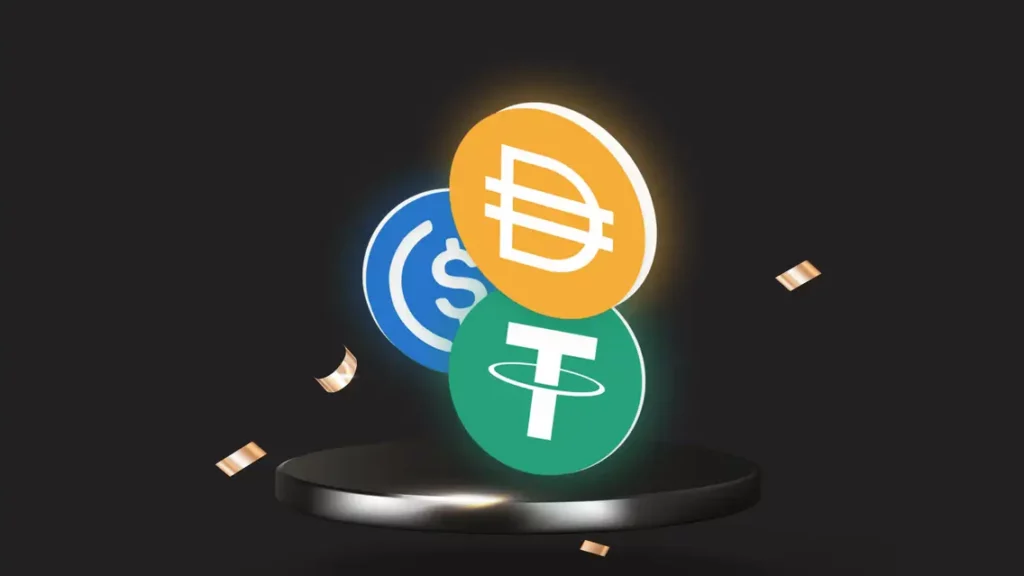
Introduction
The cryptocurrency market has witnessed significant growth and innovation since the inception of Bitcoin. However, one of the major challenges that crypto enthusiasts and investors face is the high volatility associated with cryptocurrencies. To address this issue, stablecoins have emerged as a solution by providing stability and usability in crypto markets. In addition, the integration of stablecoins with smart contracts offers even more possibilities and advantages. In this article, we will explore the concept of stablecoins, the role they play in crypto markets, the importance of smart contracts, and how the combination of stablecoins and smart contracts can enhance stability and usability in the crypto space. In addition, you may enhance your knowledge in investment by visiting an investment education firm like Immediate Lidex Ai
What are Stablecoins?
Stablecoins are a type of cryptocurrency designed to minimize price volatility by maintaining a stable value relative to an underlying asset, typically a fiat currency like the US dollar or a commodity like gold. The primary purpose of stablecoins is to provide stability, making them more suitable for everyday transactions and serving as a store of value within the volatile cryptocurrency ecosystem.
The Role of Stablecoins in Crypto Markets
Stablecoins play a crucial role in the crypto market by addressing the inherent volatility and providing stability in several ways.
Price stability and reduced volatility
One of the primary advantages of stablecoins is their ability to maintain a stable value. Unlike other cryptocurrencies, stablecoins are designed to minimize price fluctuations, making them more predictable and reliable for day-to-day transactions. This stability attracts users who may be hesitant to use highly volatile cryptocurrencies for their everyday needs.
Increased liquidity and accessibility
Stablecoins also enhance liquidity in crypto markets. Traders can easily convert their cryptocurrencies into stablecoins during times of high volatility to safeguard their investments. Moreover, stablecoins facilitate easy access to cryptocurrency exchanges, as many platforms offer trading pairs with stablecoins, enabling users to quickly enter or exit positions without relying on traditional banking systems.
Facilitating crypto-to-fiat transactions
Stablecoins act as a bridge between the crypto and fiat worlds. They enable users to seamlessly transfer value between traditional banking systems and cryptocurrencies. This makes stablecoins an attractive option for individuals and businesses looking to leverage the benefits of blockchain technology while still maintaining exposure to fiat currencies.
Advantages of combining stablecoins and smart contracts
Decentralized Finance (DeFi): Stablecoins and smart contracts are fundamental components of the rapidly growing DeFi ecosystem. Stablecoins serve as a stable medium of exchange and store of value within various DeFi applications, while smart contracts enable the automation of complex financial transactions such as lending, borrowing, and yield farming.
Cross-Border Transactions: Stablecoins integrated with smart contracts enable seamless cross-border transactions. Users can send and receive payments in stablecoins, reducing the need for traditional banking intermediaries and eliminating the barriers of high fees and lengthy processing times.
Programmable Money: Smart contracts allow for programmability, enabling developers to create sophisticated financial applications on top of stablecoins. This opens up avenues for creating decentralized exchanges, prediction markets, decentralized insurance, and more, all powered by stablecoins.
Challenges and Risks
While stablecoins and smart contracts offer significant advantages, there are also challenges and risks associated with their integration.
Regulatory concerns
The regulatory landscape surrounding stablecoins is still evolving. Authorities are scrutinizing their operations, particularly those pegged to fiat currencies, to ensure compliance with financial regulations. This regulatory uncertainty poses a challenge to the widespread adoption of stablecoins and may require adaptations to meet regulatory requirements.
Smart contract vulnerabilities
Smart contracts, despite their advantages, can be vulnerable to bugs or coding errors. Exploiting these vulnerabilities can result in financial losses or security breaches. Therefore, thorough testing and auditing of smart contracts are crucial to minimize the risk of such incidents.
Centralization vs. decentralization
The issue of centralization arises when stablecoins are backed by centralized entities or rely heavily on a single point of control. This goes against the principles of decentralization and censorship resistance that underpin cryptocurrencies. Striking a balance between stability and decentralization remains a challenge in the development of stablecoins.
Conclusion
Stablecoins and smart contracts are driving the advancement of stability and usability in crypto markets. Stablecoins offer price stability, increased liquidity, and facilitate seamless crypto-to-fiat transactions. When combined with smart contracts, they enable programmability, transparency, and automation, opening up new possibilities for decentralized finance and other applications. However, challenges such as regulatory concerns, smart contract vulnerabilities, and the balance between centralization and decentralization must be addressed for widespread adoption. As we look to the future, the integration of stablecoins and smart contracts will continue to shape the evolving landscape of the crypto market and redefine the way we transact and interact with digital assets.








